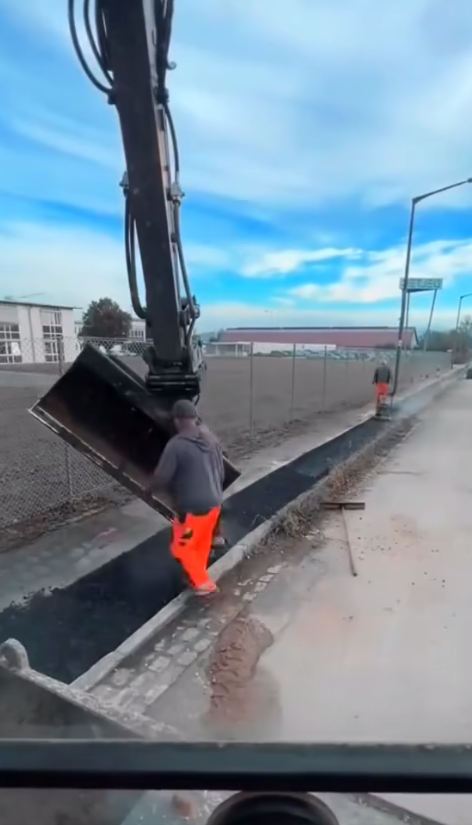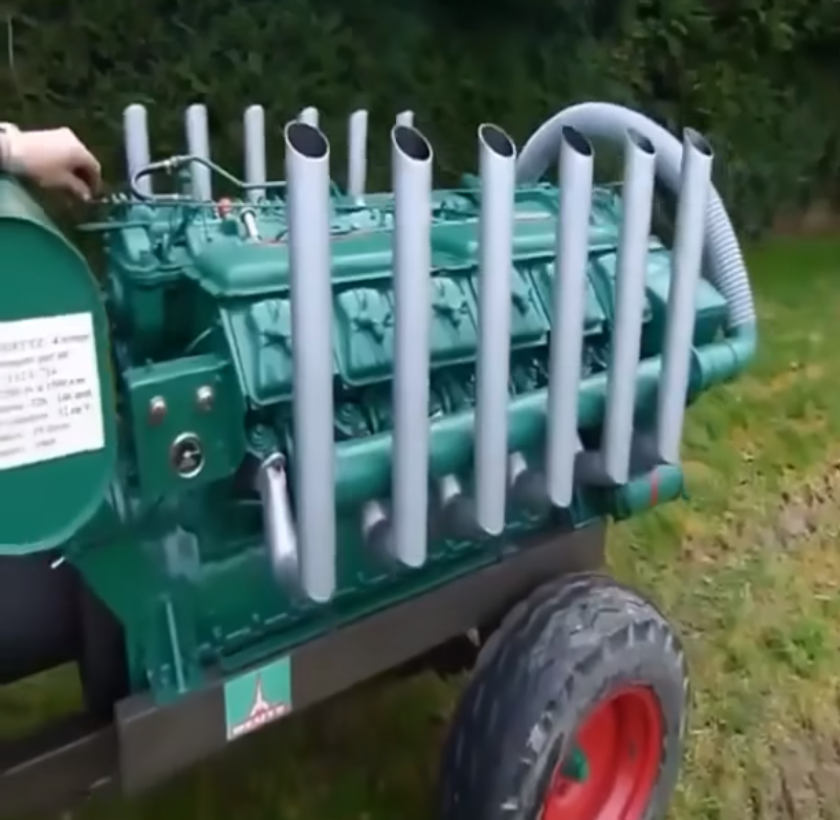3D Printing Revolution: 3D printing technology is not just for prototyping; it’s now being used to create everything from prosthetics to entire buildings, significantly reducing waste and production time.
CNC Machines: Computer Numerical Control (CNC) machines can produce intricate parts with incredible precision. They can be programmed to create complex shapes that would be impossible to achieve manually.
Automation and AI: Many factories are now using AI-driven machinery that can adapt to different tasks without human intervention. This includes robots that can learn and improve their performance over time.

Electric vs. Diesel Forklifts: Electric forklifts are gaining popularity due to their lower operating costs and reduced environmental impact, with advancements in battery technology allowing for longer operation times.
Robotics in Agriculture: Modern agriculture uses autonomous tractors and drones for tasks like planting, monitoring crops, and harvesting, increasing efficiency and reducing labor costs.
Additive Manufacturing: Beyond 3D printing, additive manufacturing techniques are being employed in aerospace and automotive industries to create lighter, stronger parts that improve fuel efficiency.

Smart Sensors: Industrial machinery now often comes equipped with IoT (Internet of Things) sensors that can monitor performance in real time, allowing for predictive maintenance and minimizing downtime.
Modular Design: Many new machines are designed modularly, meaning components can be easily replaced or upgraded without needing to replace the entire system, enhancing sustainability and cost-effectiveness.

Biomimicry: Some modern machinery is inspired by nature. For example, designs based on how certain animals move can improve the efficiency of robotic systems.
Virtual Reality Training: Industries are increasingly using VR for training operators on heavy machinery, providing a safe, immersive environment to practice without risk.





